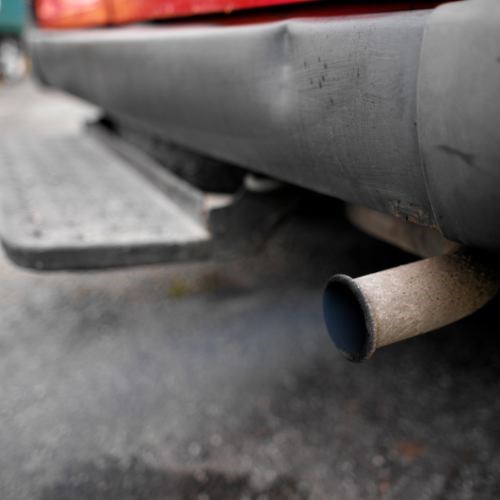The Prince George Air Improvement Roundtable (PGAIR) finalized its phase three plan to reduce air pollution in the city on Monday.
The focus of the plan is on reducing ultra-fine particulate matter, called PM 2.5. PM 2.5 includes particles 2.5 microns - about 1/20th the width of a human hair - and smaller.
PGAIR executive director Terry Robert said the focus on PM 2.5 is because the particles can, "... travel deep into the lungs and cause heart and lung disease."
The plan calls for a 40 per cent reduction in PM 2.5 by 2016. In addition, the plan aims to see the city's annual average concentration of PM 2.5 drop to five micrograms per cubic meter of air within five years. According to a Ministry of Environment data between 1998 and 2009 the city averaged over 7.9 micrograms per cubic metre of air.
The B.C. Government's ambient air quality objective for PM 2.5 is six micrograms per cubic metre of air, or less.
In order to reach that target, PGAIR set out a series of recommendations for industry, business, the City of Prince George, provincial ministries and average residents.
"It's a strategy that has been designed by agencies, for agencies," Robert said. "The folks at the table really pushed each other to go beyond the status quo."
PGAIR is a concensus-based partnership with members from industry, government, environmental groups and the general public.
Each of the member organizations has committed to report out to the group the progress it has made on the recommendations in the report, Robert said.
Reducing air pollution from transportation emissions and dust is one of the key focus areas of the report, Robert said.
Some of the recommendations in the report include looking at alternative types of gravel to put on the roads in winter which will result in less dust being kicked up from vehicles on the road, he said.
"[And] we're working with different industries around town on when vehicles go from gravel [roads] to pavement. What happens is they dump a bunch of dust on the road - and then everybody drives through it for the next five days," Robert said.
Something as simple as a spray down site for trucks as they reach the end of gravel roads could substantially reduce the amount of dust brought on the road, he said.
Other recommendations include tackling emissions from vehicles idling in restaurant drive-throughs and woodburning stoves.
"We're not focused in one particular area in the community - we want to work with everybody."
The report can be found online at www.pgairquality.com.



